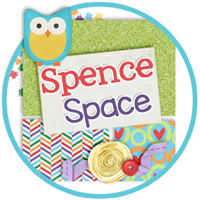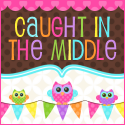Because the French and Indian War was not a naval battle, I gave each student a grid and allowed them to set it up as they liked. Each student was also assigned a country - either Britain or France. We color-coded each of the squares as either French territory (blue), British territory (red), or disputed territory (purple). Because the grid was an 8 x 8 arrangement of 64 squares, I gave the students the following parameters to keep the game fair:
- You must have 20 blocks of your own color, 20 blocks of the opposing color and 24 blocks of disputed territory.
- You can arrange the blocks in any way as long as the French blocks are all together on one side or corner of the board, the British blocks are all together on the opposite side or corner of the board and the purple disputed blocks are somewhere in the middle.
Also on the grid handout were three forts which were exactly 3 blocks wide and 1 block tall, and two settlements, which were 2 blocks wide and 1 block tall. Once they had finished color-coding the area of the map, they could cut out the forts and settlements and arrange them anywhere within their own or the disputed territory. For a faster set-up of the game, you can also provide the students with pre-colored grids, even labeled with place names and boundaries if you wish.
Now they were ready to play the game! To create the "boards" for the game, I used basic file folders. I set up another identical grid with letter and number coordinates and printed it in the copier on transparency film. I stapled two sheets in each folder - one on the bottom for the students to slide their own grids underneath and a second to the top flap of the folder for keeping track of their own called coordinates, hits and misses.
With the grids printed on transparency film, the students can mark both boards with dry erase markers, eliminating the need for pegs or bingo chips. We simply used Xs for hits and Os for misses. This was a lot neater and made for a lot less preparation!
The final boards looked like the image below. I decided to assign a point value to all possible outcomes to make things a bit more interesting. In our game, we used the following scoring system:
- hit opposing territory (empty square) = 2 pts.
- hit disputed territory (empty square) = 1 pt.
- hit your own territory = 0 pts.
- hit anywhere on a fort = 10 pts.
- hit anywhere on a settlement = 5 pts.
Students kept track of their points on scrap paper or on the margins of the grid in dry erase.
I was pleasantly surprised by how much the kids enjoyed setting up the boards and playing the game. Even though their boards did not exactly imitate the land boundaries of the French and Indian War, the idea of disputed territory certainly stuck with them. I even overheard someone call out at one point, "This must be the Battle of Quebec because I am really kicking your butt!" :)












0 comments:
Post a Comment